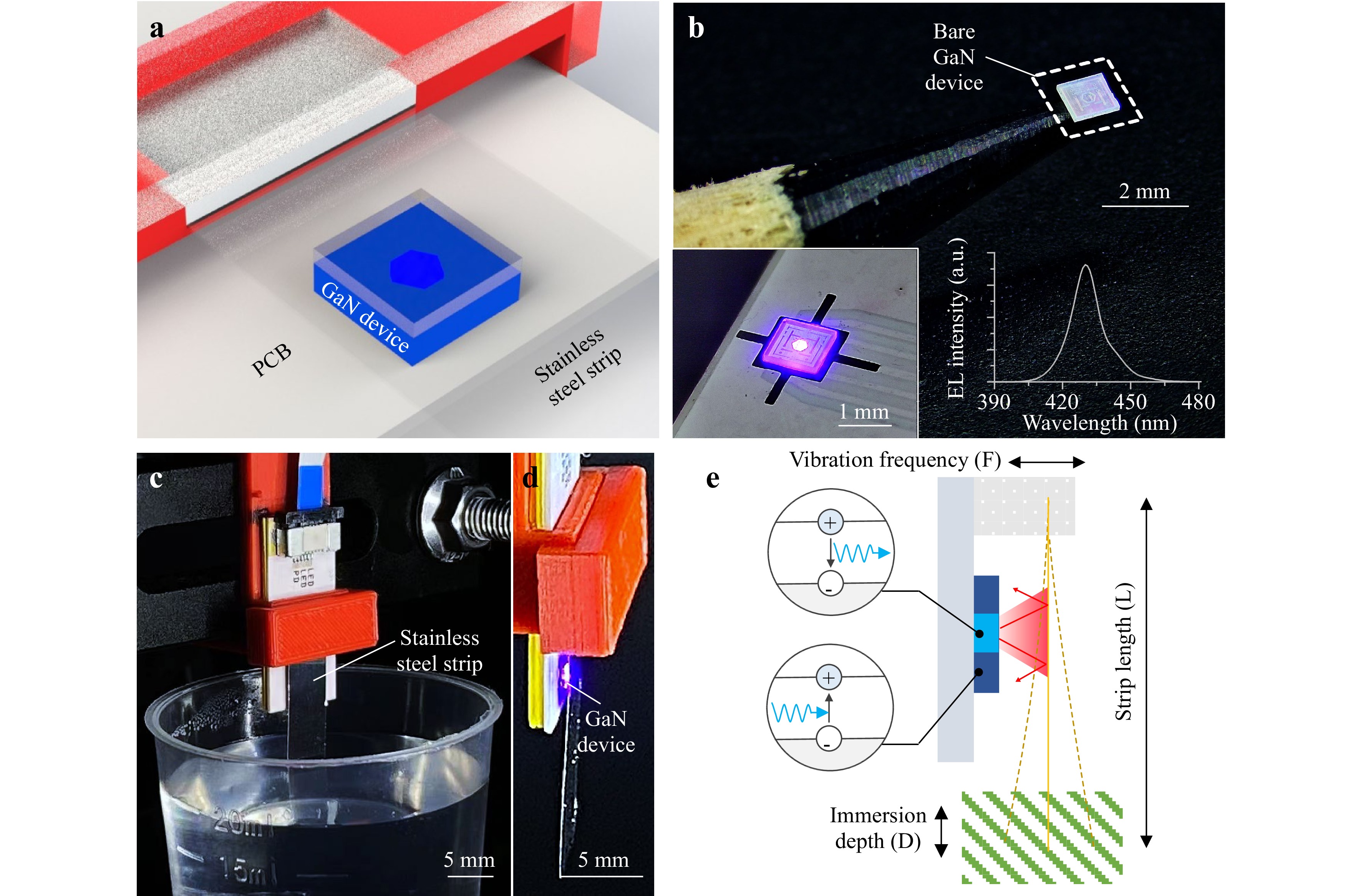View by Category
Published
, Published online: 29 October 2025
, doi: 10.37188/lam.2025.027
Endoscopes are indispensable for minimally invasive optical applications in medicine and production engineering. The smallest lensless endoscopes often use digital optics to compensate the intrinsic distortions of light propagation of multimode or multicore fibers. However, due to the wavelength dependency of the distortion, the approach is restricted to a narrow spectral range, which prevents multispectral imaging modalities. We employ a spatial light modulator with a high stroke above 2\begin{document}$ \pi $\end{document}
Published
, Published online: 15 August 2025
, doi: 10.37188/lam.2025.047
The continuous growth in data centre traffic, especially from artificial intelligence and machine learning workloads, is driving increased single carrier line rates. High-bandwidth electro-optic modulators are essential for supporting 400 Gbit/s per lane transmission. While recent advancements have demonstrated bandwidths greater than 110 GHz at the die level, this throughput is insufficient for current and future applications like data centre optical interconnects. This paper presents a photonic platform based on 4-inch thin-film lithium niobate wafers with a quartz substrate, offering high yield, low loss and high bandwidth. This platform achieves waveguide propagation loss of < 0.4 dB/cm. The thin-film lithium niobate modulators fabricated on this platform can attain a bandwidth exceeding 110 GHz and possess a half-wave voltage (Vπ) lower than 3 V, with the modulator yield reaching 50%. Additionally, by employing deep-ultraviolet lithography and a metal lift-off process, the platform can be extended to larger wafer sizes (e.g., 6 or 8 inches). This significant increase in wafer-level throughput for 110 GHz electro-optic modulators can greatly enhance data centre optical interconnect capabilities.











 Email
Email RSS
RSS